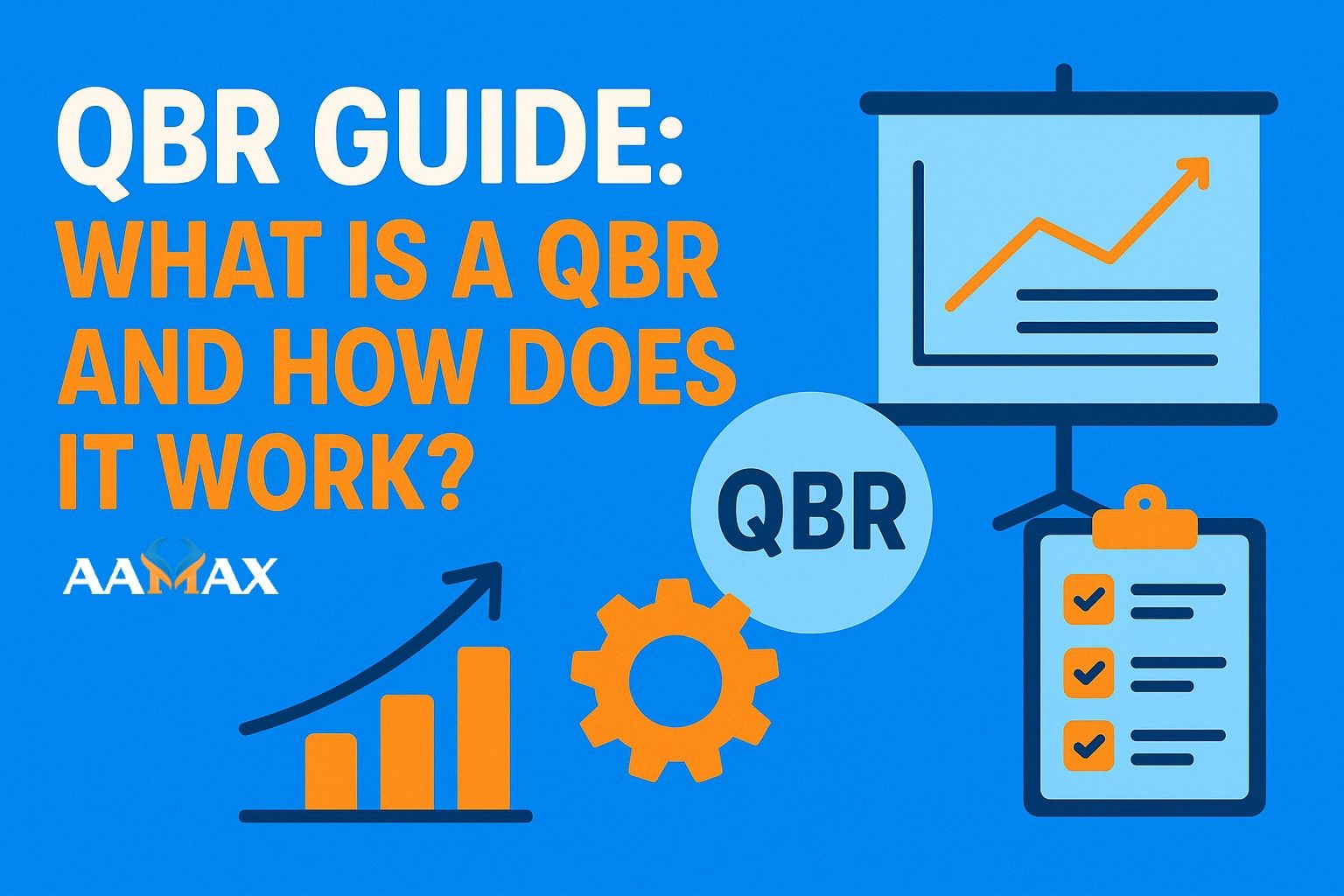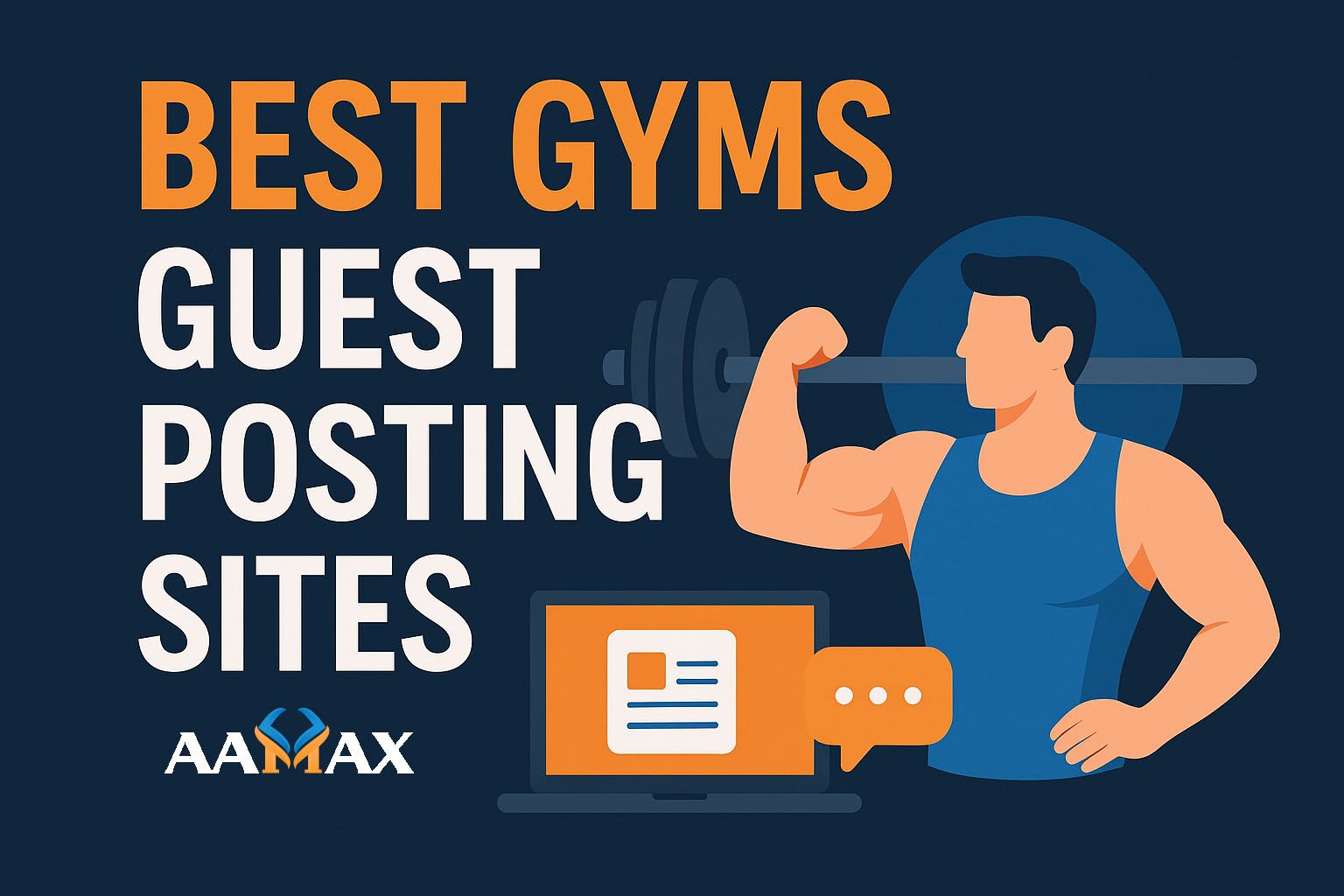
QBR Guide: What Is a QBR and How Does It Work?
In the dynamic world of B2B and digital partnerships, staying aligned with your client’s goals and expectations is not just valuable—it's essential. One of the most effective tools used to facilitate this alignment is the QBR, or Quarterly Business Review.
A QBR is more than just a client meeting. It is a strategic conversation designed to review business goals, performance, and opportunities for growth. If you want to elevate your client relationships, retain more business, and position your agency or team as a true partner—not just a vendor—then QBRs should become a cornerstone of your client success strategy.
This comprehensive guide explores everything you need to know about QBRs: what they are, how they work, why they matter, and how to conduct them effectively.
What Is a QBR?
Definition
A Quarterly Business Review (QBR) is a formal meeting between a service provider or vendor and a client, held every quarter. The primary objective of a QBR is to review the past quarter’s performance, discuss insights, and plan actionable strategies for the next quarter.
Unlike regular status updates or project check-ins, QBRs focus on business value, strategic alignment, and long-term success. They are an opportunity to strengthen the relationship, demonstrate impact, and collaboratively align on goals.
Who Conducts QBRs?
QBRs are commonly conducted by:
- Customer Success Managers
- Account Managers
- Project Managers
- Marketing Agencies
- SaaS Providers
- Digital Marketing Services
They are particularly important in B2B environments, where ongoing services, subscription models, or retainer-based work requires regular touchpoints to maintain alignment.
Why Are QBRs Important?
1. Strengthening Client Relationships
QBRs foster trust by showing that you care about your client’s business—not just delivering tasks. They shift the conversation from tactical to strategic.
2. Showcasing Value
A well-prepared QBR allows you to demonstrate the ROI of your services and highlight successes. It shows clients the tangible impact of your work, helping justify budgets and renewals.
3. Alignment on Goals
Business objectives shift frequently. A QBR ensures that both parties are aligned on what success looks like, reducing the risk of miscommunication or unmet expectations.
4. Opportunity for Upsell/Cross-Sell
When you understand a client’s evolving needs, you can identify new opportunities—whether that’s introducing new services, expanding scope, or scaling campaigns.
5. Early Issue Detection
Regular reviews help identify potential issues before they become major problems. This proactive approach increases client satisfaction and retention.
What to Include in a QBR
A QBR should go beyond task lists. It should be structured, insightful, and focused on outcomes. Here’s a breakdown of what a typical QBR includes:
1. Executive Summary
Begin with a brief overview of key wins, challenges, and next steps. This high-level summary is useful for decision-makers who may not have time to dive deep.
2. Review of Goals and KPIs
Revisit the goals that were set in the previous quarter. Measure progress using key performance indicators (KPIs) and highlight whether targets were met, exceeded, or missed.
3. Performance Metrics and Reporting
Provide detailed data, charts, or dashboards that illustrate how your services performed. This might include:
- Website traffic analytics
- Campaign performance
- Lead generation metrics
- Revenue attribution
- Ad spend vs ROI
4. Key Wins and Highlights
Celebrate successes. Whether it’s a boost in organic search traffic, a successful product launch, or improved conversion rates, showcasing what worked builds confidence and momentum.
5. Challenges and Roadblocks
Transparency builds trust. If there were challenges or missed targets, acknowledge them and explain what’s being done to correct course.
6. Market Trends and Insights
Add strategic value by sharing insights into industry trends, competitor performance, or platform changes (e.g., SEO algorithm updates or new ad tools).
7. Recommendations and Strategy for Next Quarter
Use QBRs as a launchpad for future success. Outline new strategies, campaign ideas, tools, or optimization plans that will drive growth.
8. Open Discussion and Feedback
Create space for clients to share their feedback, concerns, or evolving business goals. Two-way communication is vital.
How to Prepare for a QBR
Preparation is everything. A poorly prepared QBR can do more harm than good. Here's how to prepare effectively:
1. Collect and Analyze Data
Gather data from all relevant sources: Google Analytics, CRM, project management tools, SEO dashboards, social media platforms, etc. Clean and interpret the data to extract meaningful insights.
2. Align with Internal Teams
Collaborate with sales, marketing, and customer success teams to ensure you have a unified understanding of client objectives and current performance.
3. Customize the Presentation
Avoid using generic templates. Tailor the QBR to each client’s specific business, industry, and goals. Personalization increases relevance and impact.
4. Rehearse and Time It
Keep the QBR concise—usually between 30 to 60 minutes. Rehearse your flow to ensure smooth delivery, and avoid diving too deep into data unless requested.
5. Share Materials in Advance
Send an agenda or preview deck 24–48 hours before the meeting. This gives clients time to prepare and ensures a more productive discussion.
Best Practices for Conducting a Successful QBR
1. Be Strategic, Not Tactical
QBRs should focus on big-picture thinking. Avoid going through every task completed—instead, connect your work to business outcomes.
2. Visualize the Data
Use charts, graphs, and visuals to make your points clear. Visual data is more engaging and easier to digest than text-heavy reports.
3. Facilitate a Dialogue
Make the QBR a two-way conversation. Ask questions, encourage feedback, and listen actively.
4. Document and Follow Up
After the QBR, send a recap that includes agreed action items, timelines, and owners. This shows accountability and sets clear expectations.
5. Track Trends Over Time
Use QBRs to show progress over several quarters. Trends are more impactful than isolated metrics.
QBR Template Outline
Here’s a simplified QBR agenda that you can use as a starting point:
- Welcome and Meeting Objectives
- Review of Previous Quarter’s Goals
- Performance Metrics and KPIs
- Highlights and Wins
- Challenges and Learnings
- Industry Trends and Market Updates
- Strategy for Next Quarter
- Questions and Client Feedback
- Action Items and Next Steps
You can expand or reduce the depth of each section based on the client’s preferences and complexity of work.
Common Mistakes to Avoid
- Focusing only on reports without strategic insight
- Failing to tie metrics to business value
- Talking too much without listening
- Overloading with data instead of summarizing key points
- Skipping follow-up and accountability
QBRs in Digital Marketing: Why They Matter
In the digital marketing space, where metrics and performance can be tracked in real-time, QBRs become a strategic bridge between analytics and actionable business decisions.
Here’s how they’re particularly useful in digital marketing:
- Aligning SEO strategy with lead generation goals
- Evaluating the effectiveness of paid media campaigns
- Identifying website performance improvements
- Adjusting content strategy based on audience behavior
- Discussing conversion rate optimization opportunities
QBRs give marketers the chance to demonstrate how technical work translates to measurable growth—something clients deeply value.
QBRs and Client Retention
Client retention is often more valuable than acquisition. QBRs play a pivotal role in:
- Reducing churn by demonstrating value
- Positioning your agency or team as a partner
- Ensuring proactive communication
- Uncovering unmet needs before they become issues
According to studies, clients who regularly attend strategic reviews are far more likely to renew contracts and expand services.
Digital Tools to Help Run QBRs
Here are some tools that can streamline your QBR process:
- Google Data Studio: For performance dashboards
- Notion / Confluence: For shared documentation
- Loom: To record walk-throughs of QBR decks
- Slides / PowerPoint / Canva: For engaging presentations
- Asana / Trello: To track post-QBR action items
Final Thoughts
QBRs are not just another meeting—they are a strategic engagement tool. When done correctly, they build trust, align goals, and position you as an indispensable partner to your client.
They move the relationship from vendor to advisor. From task manager to business strategist.
By investing in well-structured QBRs, you not only improve client satisfaction and retention but also open the door to long-term, meaningful growth for both parties.
If you're seeking help with digital marketing strategies, web development, or campaign reporting that clients will love, consider hiring AAMAX. AAMAX is a full-service digital marketing company offering expert Web Development, SEO Services, and Digital Marketing Solutions to help your business scale with confidence.







